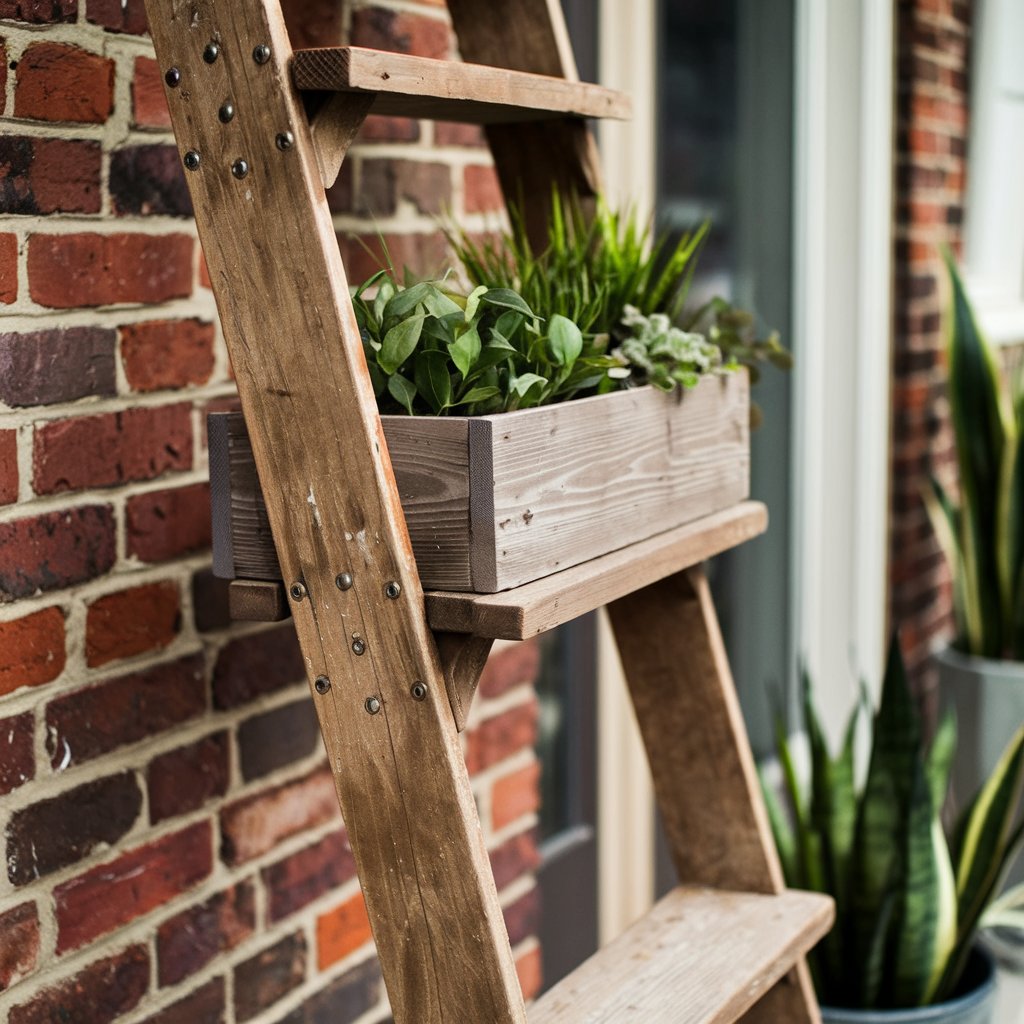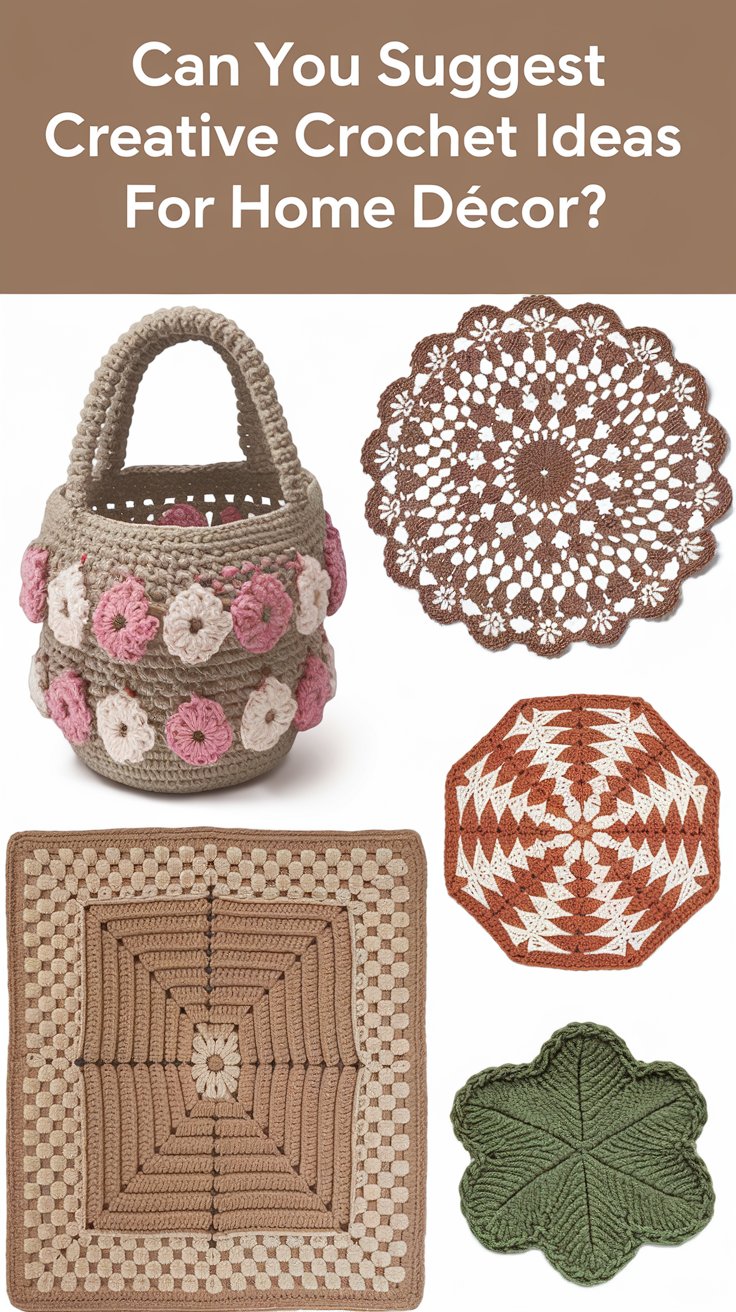Decorating your home on a budget doesn’t mean sacrificing style or personality. With a few creative ideas and a bit of DIY spirit, you can transform any space while keeping costs low. DIY home decor projects are perfect for beginners, as they allow you to customize your home with minimal expenses and effort. In this post, we’ll discuss a budget-friendly color that can enhance any room, offer practical tips for matching it, explore alternative shades from Sherwin Williams and Benjamin Moore, and suggest where else in your home you can use this versatile hue.

Why Recommend This Color Paint?
Choosing the right color paint is one of the simplest and most impactful DIY home decor projects for beginners. A carefully selected paint color can set the tone of a room, change the perception of space, and provide a fresh, updated look. We recommend this particular color because of its versatility, ability to complement various interior styles, and budget-friendly appeal. Here’s why:
1. Enhances Natural Light
This paint color has a light, airy quality that reflects natural light, making any room appear larger and brighter. If you’re working with a smaller space or one that lacks ample sunlight, this color can dramatically improve its ambiance without needing to invest in expensive lighting fixtures.
2. Neutral and Versatile
As a neutral hue, this color works well with a wide range of accent shades, from pastels to deep, bold colors. This makes it ideal for beginners who may be unsure about which colors to pair together. It can act as a blank canvas, allowing you to change your decor over time without needing to repaint.
3. Timeless Appeal
Neutral tones, especially in the light gray or beige family, tend to have a timeless appeal. By choosing this paint color, you’re ensuring that your DIY project will stand the test of time and won’t feel outdated in a few years. This saves you from needing to redo your work as trends change.
4. Easy to Work With
For beginners, this color is easy to apply, especially when using quality paint. It requires fewer coats than darker colors, which means less paint is needed, helping you stay on budget. It also hides imperfections on walls, making it a forgiving choice for novice DIYers.
5. Affordable and Accessible
This color is available in a wide variety of paint brands, including budget-friendly options. You won’t need to break the bank to achieve a high-end look, making this project both accessible and practical for beginners.

5 Tips to Match Color:
When working with this versatile color, it’s important to know how to match it with other hues in your space. Here are five practical tips to help you create a cohesive and harmonious look:
1. Use Complementary Accent Colors
Choose accent colors that complement the primary color without overwhelming it. For example, if you’re using a soft neutral like beige, pair it with deep blues, soft pinks, or muted greens. These combinations create balance and add visual interest.
2. Consider Room Size and Lighting
The size of the room and the amount of natural light it receives should influence your color-matching choices. In larger rooms with plenty of light, you can use bolder, darker accent colors. In smaller or darker spaces, stick with lighter shades to maintain an open, airy feel.
3. Add Texture with Fabrics
Texture can be as important as color when it comes to decorating. Use fabrics such as throw pillows, rugs, or curtains in complementary hues to add depth and richness to your space. For example, soft grays and tans can be paired with velvet or knit materials in coordinating colors.
4. Use Metallics for Contrast
Metallic accents, such as gold, silver, or brass, can elevate the look of this neutral color. Incorporate metallic elements in light fixtures, picture frames, or small decorative objects to add contrast and a touch of elegance.
5. Stick to a Monochromatic Palette
For a cohesive, calming effect, consider using different shades of the same color family. For example, pair a light beige wall color with deeper taupe or sandy tones in your furniture and decor. This creates a monochromatic look that feels both modern and serene.

5 Hue Matching Ideas:
Matching hues is an art that can transform your space into a visually pleasing and balanced environment. Here are five hue-matching ideas that can guide you when incorporating this color into your DIY project:
1. Soft Pastels for a Calming Effect
Pair this paint color with soft pastel hues like blush pink, mint green, or baby blue to create a soothing and tranquil atmosphere. This combination works particularly well in bedrooms or bathrooms, where relaxation is key.
2. Bold Jewel Tones for Drama
If you want to make a bold statement, consider pairing this neutral shade with deep jewel tones like emerald green, sapphire blue, or ruby red. This contrast will add depth and drama to your space, creating a visually striking effect.
3. Warm Earth Tones for Coziness
Bring warmth and coziness to your room by matching this color with earthy tones like terracotta, mustard yellow, or olive green. These hues add richness and create a comfortable, lived-in feel, perfect for living rooms or dens.
4. Cool Grays for a Modern Look
For a sleek, modern aesthetic, match this color with cool gray tones. The combination of light neutrals and varying shades of gray gives the space a sophisticated and minimalist vibe, ideal for offices or modern kitchens.
5. Deep Blues for a Nautical Theme
If you’re aiming for a coastal or nautical theme, pair this neutral color with deep navy blues or seafoam greens. This combination evokes the serenity of the sea and brings a refreshing, beachy feel to your space.

5 Alternative Colors from Sherwin Williams and Benjamin Moore:
If you’re looking for similar colors but want to explore alternatives, both Sherwin Williams and Benjamin Moore offer a variety of excellent options. Here are five alternatives to consider:
1. Sherwin Williams – Agreeable Gray
Agreeable Gray is a light, warm gray that offers a perfect balance between gray and beige. It’s a great alternative for those who want a versatile, neutral color.
2. Benjamin Moore – Classic Gray
Classic Gray is a soft, elegant gray that works well in any space. It’s slightly warmer than traditional grays, making it a good choice for those seeking a warmer neutral.
3. Sherwin Williams – Repose Gray
Repose Gray is another popular choice for its neutral, calming effect. It’s slightly cooler than Agreeable Gray but still works with a wide range of decor styles.
4. Benjamin Moore – Balboa Mist
Balboa Mist is a soft, sophisticated greige (gray and beige) that offers a subtle warmth. It’s ideal for creating a calming, neutral backdrop in living rooms or bedrooms.
5. Sherwin Williams – Accessible Beige
Accessible Beige leans more into the beige family but retains a light, airy quality. It’s perfect for anyone looking for a neutral color with a bit more warmth than gray.
Other Rooms to Use This Color:
This versatile paint color isn’t limited to one room. Here are several other areas in your home where it can be equally effective:
Living Room
The living room is an ideal space for this neutral color, as it can be the perfect backdrop for various accent colors and furniture styles. It creates a welcoming and calming environment for relaxation or entertaining guests.
Kitchen
In the kitchen, this color provides a clean, fresh look that pairs well with stainless steel appliances, wooden cabinetry, or even modern white countertops.
Bedroom
In the bedroom, this color promotes rest and tranquility. Pair it with soft linens and cozy textures for a relaxing retreat.
Bathroom
The bathroom is another great space for this neutral hue, as it reflects light beautifully and creates a spa-like atmosphere when paired with light-colored tiles and fixtures.
Office
For a home office, this color can offer a calm, focused ambiance, helping you stay productive without being distracted by overly bold hues.
Conclusion:
Choosing the right paint color is a powerful tool for any beginner looking to embark on a budget-friendly DIY home decor project. This neutral shade offers versatility, timelessness, and ease of application, making it an excellent choice for transforming your space without breaking the bank. By following our tips for matching colors, hue-matching ideas, and exploring alternative paint options from Sherwin Williams and Benjamin Moore, you can confidently tackle your next DIY project. Whether you’re updating your living room, bedroom, or home office, this color will bring freshness and elegance to any room.






